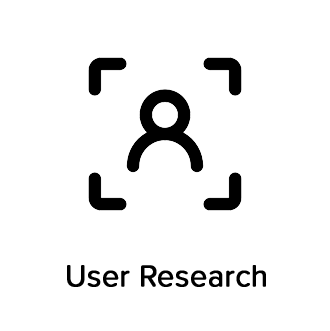Forceps are a very primitive yet effective technology and haven’t essentially changed since their invention in 1752. But they have a problem: In a high-pressure adrenaline situation - 3am and after a long protracted labour– it’s impossible to know precisely when to stop.
An Obstetrician, Alex Oboh, first identified the clinical need, and started to try solving it. We were commissioned by Medipex and Hull and East Yorkshire NHS Trust to help Alex find the answer.
Too much force can cause trauma to mother and baby, sometimes leading to some very serious consequences. The problem was there was no data on how much traction (pull) force is required, and no gauge to help identify safe application of it. So we set to work with Alex through a series of anatomical studies on mannequins to establish the parameters.
Once established we went through a full product development cycle looking into materials, force gauges, technology and manufacturing to come up with the ultimate solution.
After a number of medical device awards, a design right and patent application, it has been licensed to a specialist medical device company for manufacture.
“The Pd-m team worked really closely with us and were an integral part of the project team. They really understood the brief and what the product needed to do, producing a design that allowed us to file both design right and patent applications. We have subsequently licensed the IP to a medical device company for manufacture and the work that Pd-m did has certainly shortened their development timescales.”




























